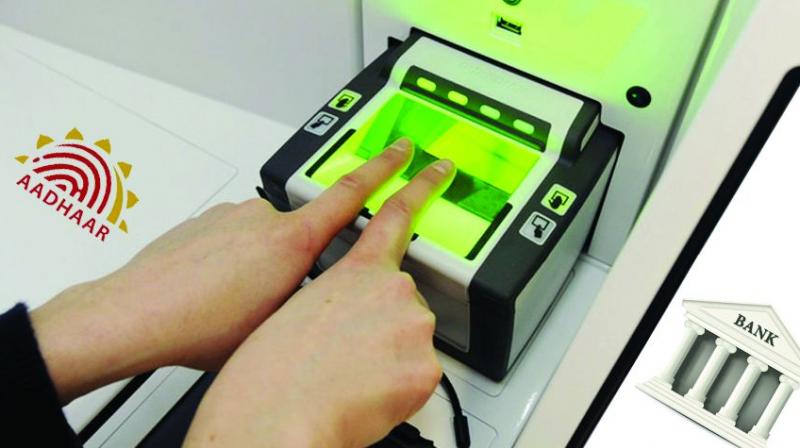Misuse of deceased's Aadhaar worrisome

Hyderabad: A man from Bengaluru recently approached the Supreme Court and asked for the Unique Identification Authority of India (UIDAI) to be directed to return the biometric data of his late father, to prevent its misuse. His petition has caused several Aadhaar cardholders to start worrying about what could happen to their personal data and biometric details after their death.
At present, the UIDAI does not have a system in place to delete or deactivate an Aadhaar card number upon the cardholder’s death. The UIDAI believes that since the Aadhar number is a unique number, there is no need for such a system. However, experts say that it is possible for a card to be used in operations that do not verify biometric details.
Srinivas Kodali, an independent security register, said, “Aadhar provides an e-signature facility, which is used for authentication and authorisation. The biometric details can also be accessed by government servants who know that the person is no longer alive.”
He said that UIDAI should ideally deactivate the Aadhaar IDs of deceased persons. “Numerous cases of security breaches have already been reported. The request of the man from Bengaluru is legitimate, as fraud is possible. He can also argue the case on personal grounds, saying that the biometrics are the last remaining things of his father’s, and that they need to be cremated as well.”
U. Ram Mohan, the Superintendent of Police of the Crime Investigation Department (CID), said, “Aadhaar details can help crooks open bank accounts, which can be used for money laundering. To open a bank account, an Aadhaar card is a must. Criminals may look to get their hands on the Aadhaar details of other individuals, particularly those who are dead, to open accounts and deposit cash.”
When asked about the one-time password (OTP) key required to open a bank account, the officer said, “Getting an OTP is no longer a task, it is a simple trick performed by thousands of thieves. Once a request to open a bank account is received, the mobile number registered with the Aadhaar card is sent an OTP.
The fraudster reaches out to the cardholder and says that he will have to share the OTP to close the bank account. He then uses the OTP to activate the account.”

